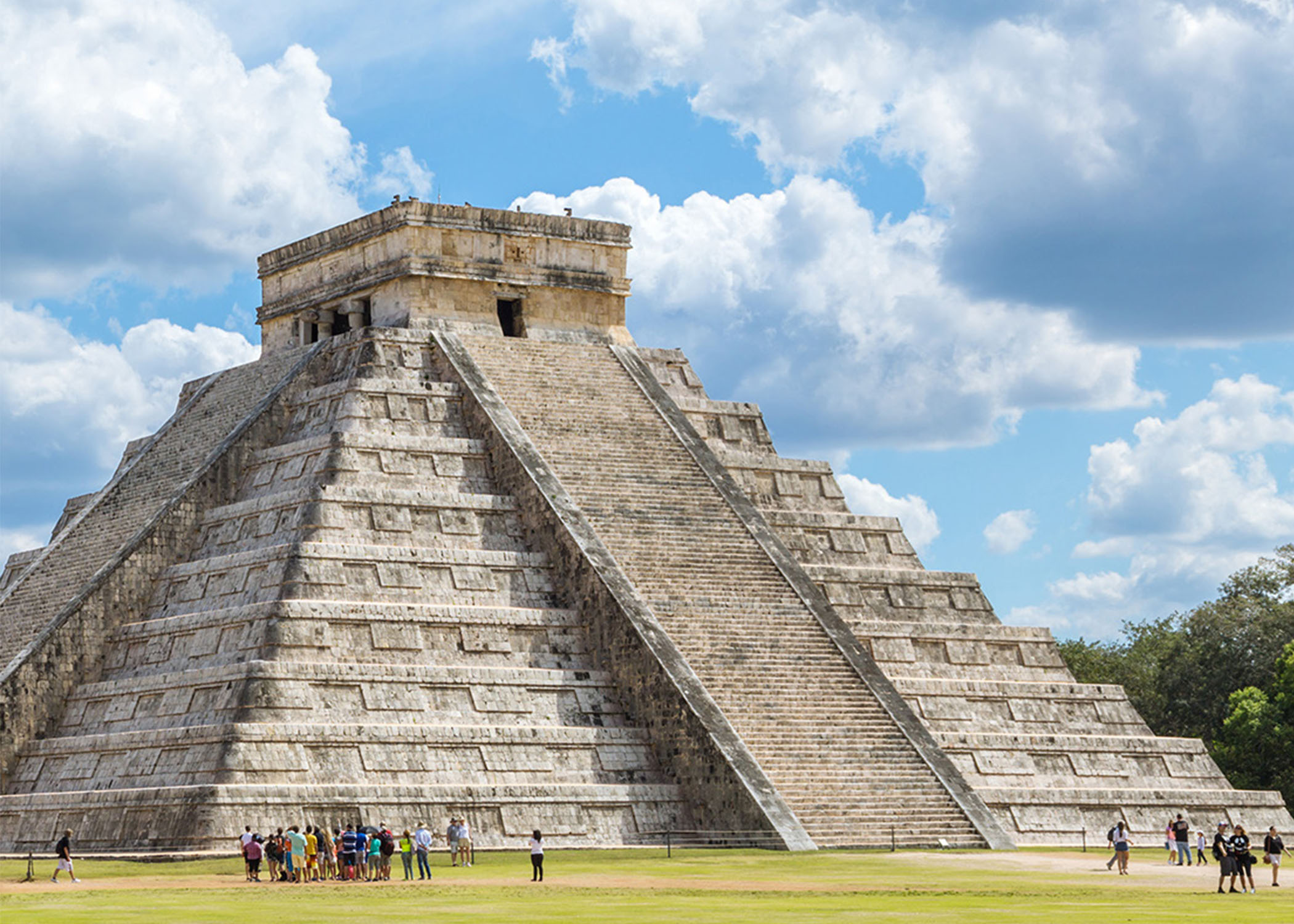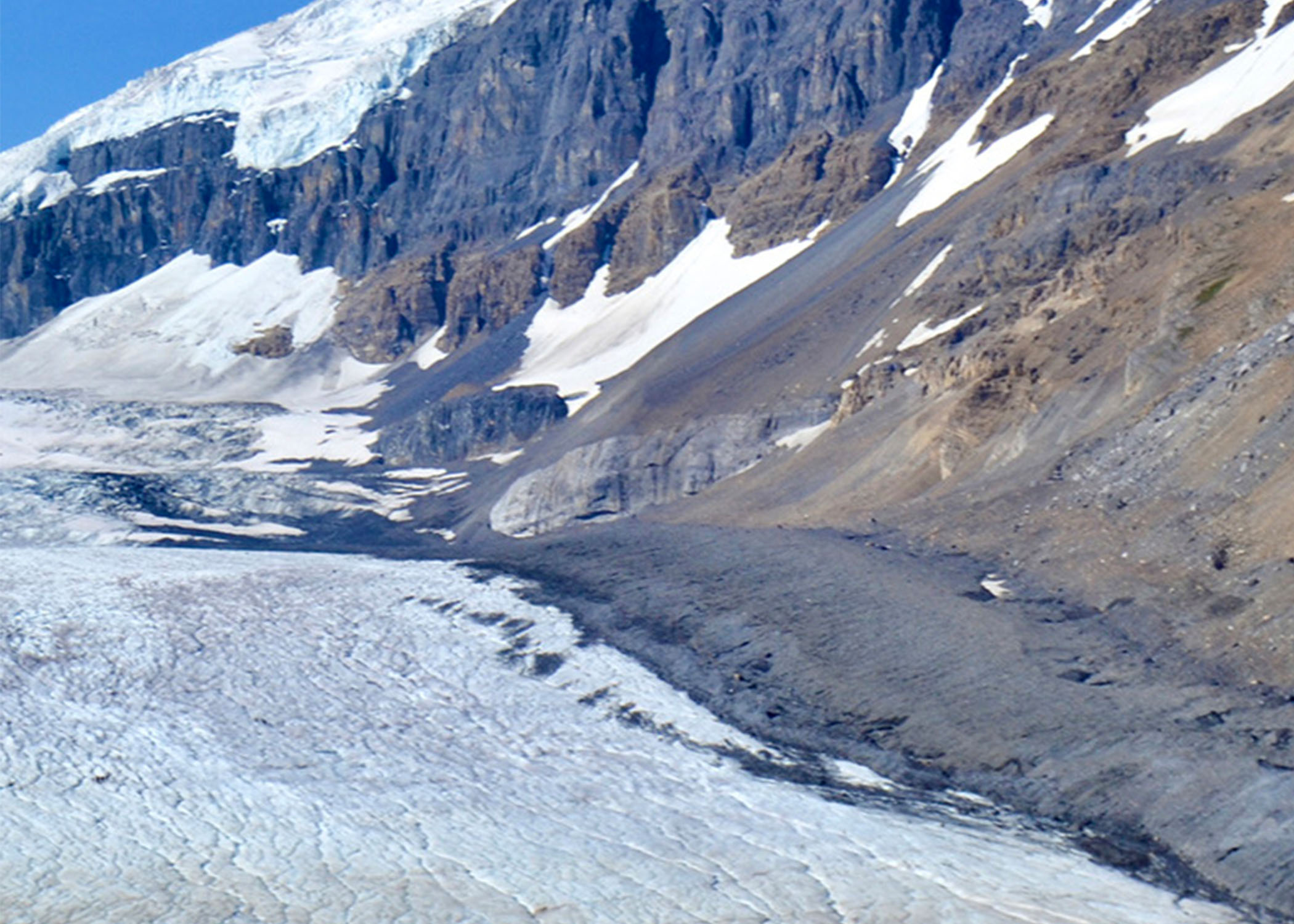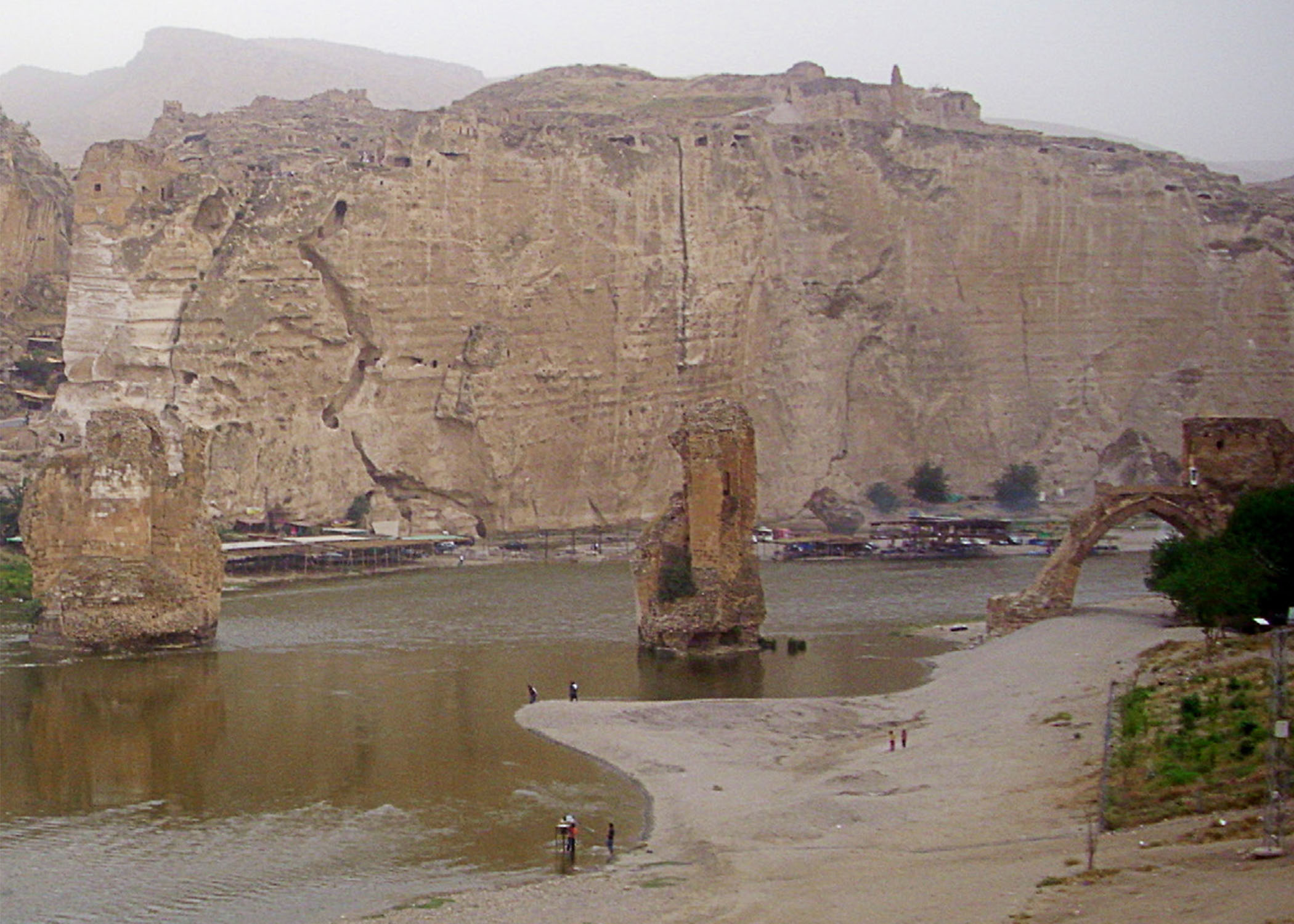Imagine that over the course of a decade or two, the long, snowy winters of northern New England were replaced by milder winters like those in Washington, D.C., or that a sharp decrease in rainfall turned the short-grass prairie of the western Great Plains into a desert landscape similar to Arizona. Changes like these obviously have important implications for humans, affecting the crops we grow, the availability of water, and our energy usage.
These scenarios are not science fiction. Paleoclimate records indicate that climate changes of this size and speed have occurred at many times in the past. Past human civilizations were sometimes successful in adapting to the climate changes and at other times, they were not.
Abrupt climate change is climate change that occurs relatively rapidly. Our understanding of past abrupt climate changes and their causes is still in its infancy; most of the research on this topic has occurred since the early 1990s. However, scientists have made significant progress in identifying and describing various abrupt events of the past and forming hypotheses about their causes. One of the most remarkable aspects of this history is the diversity of past climate change. Events varied in their duration, rapidity, spatial extent, and climate impacts. This testifies to the many nonlinear processes, thresholds, and interactions that exist in our complex climate system. This Paleo Perspective highlights some of the most important events discovered in paleoclimate records.
Perspectives







